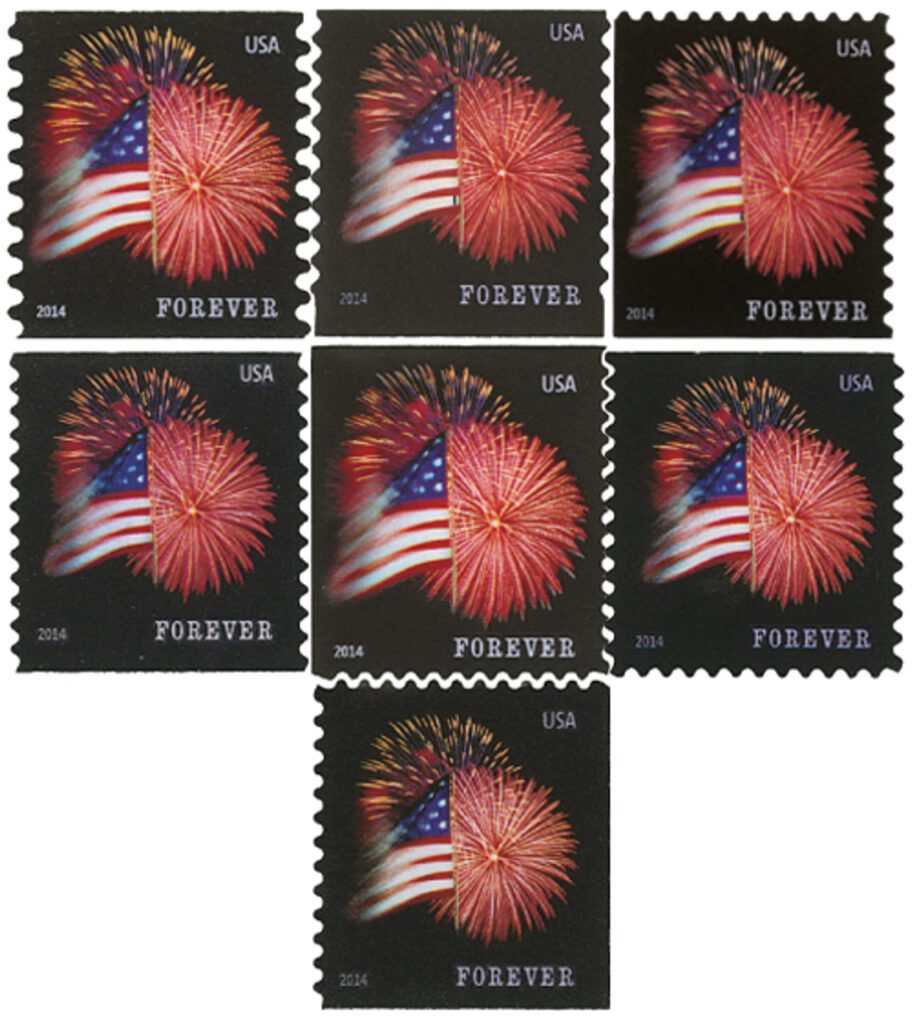On March 3, 1931, America officially adopted “The Star Spangled Banner” as its national anthem.
The inspiration for the “Star Spangled Banner” came over a century earlier, during the War of 1812. In September 1814, Georgetown lawyer Francis Scott Key was dispatched to a British ship to rescue a beloved local doctor.
Key happened to make this journey shortly before the start of the Battle of Fort McHenry. Although he managed to negotiate the doctor’s release, he’d heard the British plans to attack Fort McHenry and was forced to remain on the ship for the 25-hour battle. The next morning he looked to the fort and saw that “the flag was still there.” The British attack had failed. So moved by the sight, he penned the poem “Defence of Fort McHenry.”
Although the Battle of Fort McHenry was a major influence, Key also used some wording and imagery from a poem he’d written earlier about Stephen Decatur and Charles Stewart for their bravery during the First Barbary War. A few days after the battle, Key took his poem to his brother-in-law, who found that the words would perfectly with the melody John Stafford Smith’s “The Anacreontic Song.” The first broadsides were printed on September 17 and the song first appeared in the Baltimore Patriot and The American newspapers three days later.
Key’s song quickly resonated with Americans and it was published in several more newspapers. Then music store owner Thomas Carr published the words and music together under a new title, “The Star Spangled Banner.” A Baltimore actor named Ferdinand Durang first performed the song publicly in October 1814.
In the coming years, “The Star Spangled Banner” became a popular staple at Fourth of July celebrations and other patriotic events. In 1892, Colonel Caleb Carlton, post commander at Fort Meade, South Dakota, began the practice of playing the song “at retreat and at the close of parades and concerts.” Carlton shared the idea with his state governor and later the Secretary of War, to encourage the practice be instituted nationally among America’s military. As a result of these efforts “The Star Spangled Banner” was made the official tune for the Navy’s flag raisings in July 1889.
By the early 1900s, there were several different versions of “The Star Spangled Banner,” so president Woodrow Wilson asked the Bureau of Education to standardize it and make an official version. The Bureau hired five musicians, including John Philip Sousa, to complete the task. The standardized song was first performed on December 5, 1917.
The following April, Maryland congressman John Charles Linthicum submitted a bill calling for the “The Star Spangled Banner” to be officially adopted as the national anthem. The bill failed to pass. But Linthicum didn’t give up and continued to submit his proposal five more times. Then in 1929, Robert Ripley produced a cartoon for his Ripley’s Believe it or Not! that said, “Believe It or Not, America has no national anthem.”
Progress continued in 1930, when the Veterans of Foreign Wars (VFW) launched their own campaign to establish “The Star Spangled Banner” as the national anthem. Their petition, signed by five million people, helped convince the House Committee on the Judiciary to support the bill. In the coming months the House of Representatives and Senate passed the bill, which was signed into law by President Herbert Hoover on March 3, 1931.
Click here to see what else happened on This Day in History.






Great article.
Interesting history that shows the development from 1812. Little known actions.
Thanks for the link to the Ripley’s cartoon. It added an interesting and nice touch to this article.
I always said that you learn something new everyday, Mystic you sure are helping me do that
It is too bad that so many of the “award winning singers” who attempt to sing the “Star Spangled Banner” at sporting events do not know how to sing it properly. They sing it as if it were a funeral dirge, they add extra notes to it, etc. They should listen to how a military band plays it. Then maybe they would hear how the tune is supposed to be sung.
…..and it took a hundred years and an act of Congress.
Good job Mystic. Facts I never know about the Star Spangled Banner our national anthem.
I know of the: “Star Spangled Banner” from reading about Francis Scott Key, and the War of 1812. There was a suggestion at one time, to change the: “Star Spangled Banner” to: “God Bless America”, as the National Anthem of the United States. This would have been following the memorial for he fallen astronauts of the ill-fated Challenger Shuttle Mission. The National Anthem that is consider the ‘focus’ of hymns that represent a country and its people, is: “La Marseillaise”, the National Anthem of France. The words of the National Anthem of Japan, date to the ninth century, and the National Anthem of Iceland was written to commemorate the 1,000th anniversary of the founding of that country’s parliament.
AGAIN??? Just stop it!! “America” is nor a country, but two continents and cannot have a national anthem. Whoever is in charge of article titles is uneducated to many facts.
As an elementary school student, I remember getting corrected by my teachers to use “America” for the combined landmass of North and South America. In hindsight, I think the teachers were trying to expand our worldview. Perhaps this was even the first wave of political correctness?
However, I just did a quick online search, and it appears to me “America,” as the shortened name for the “United States of America,” appears as the 1st definition on most of the dictionary listings. So in 2023, it appears America is an expected and correct name for the good ol’ USA.